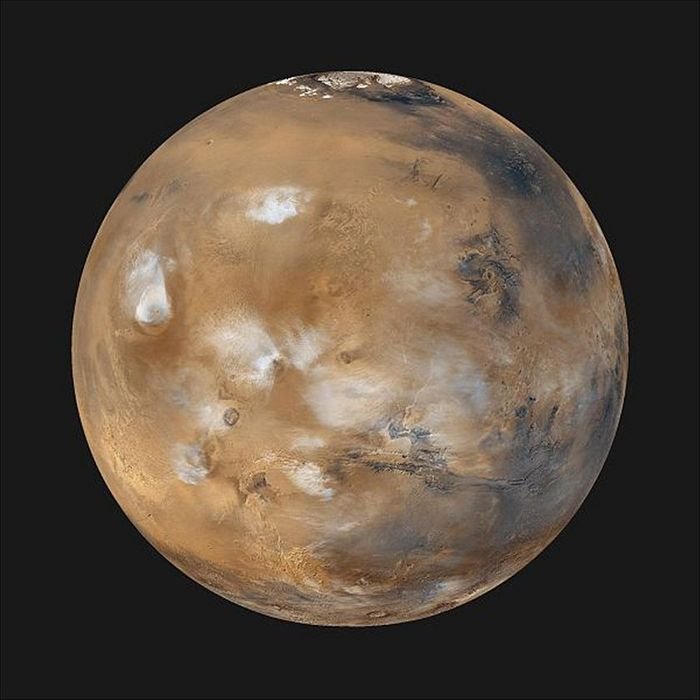ATLANTA, Nov. 18 (UPI) -- New studies indicate Mars once had oceans of liquid magma and may have taken longer to cool down than thought, U.S. and European researchers say.
Two separate studies published in the journal Nature Geoscience used data from NASA's Mars Reconnaissance Orbiter to confirm significant deposits of light-colored feldspar minerals.















